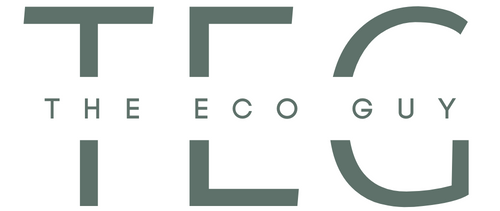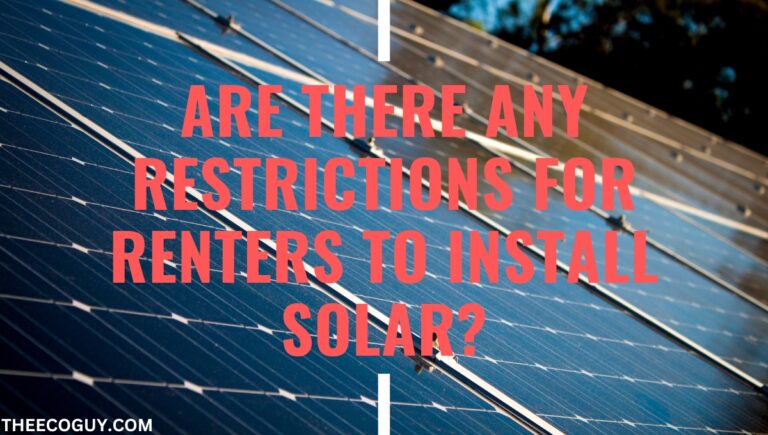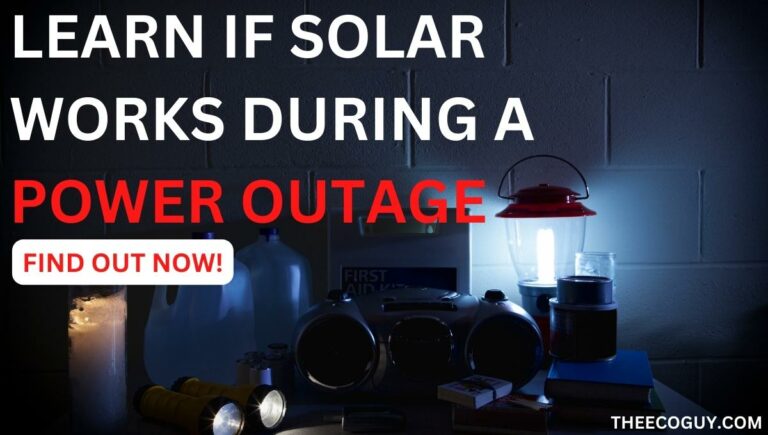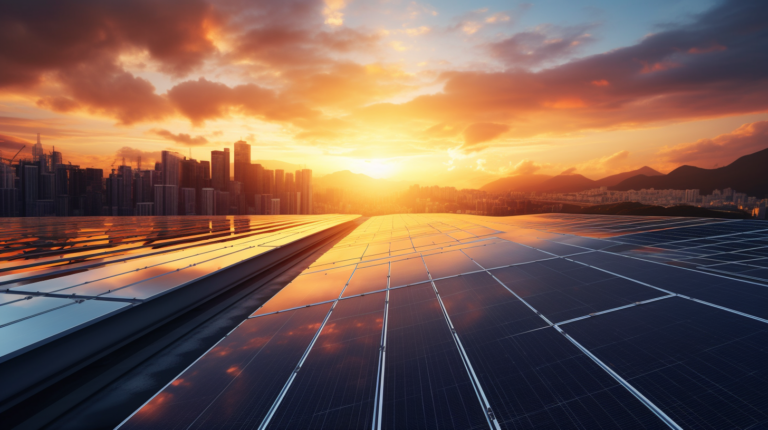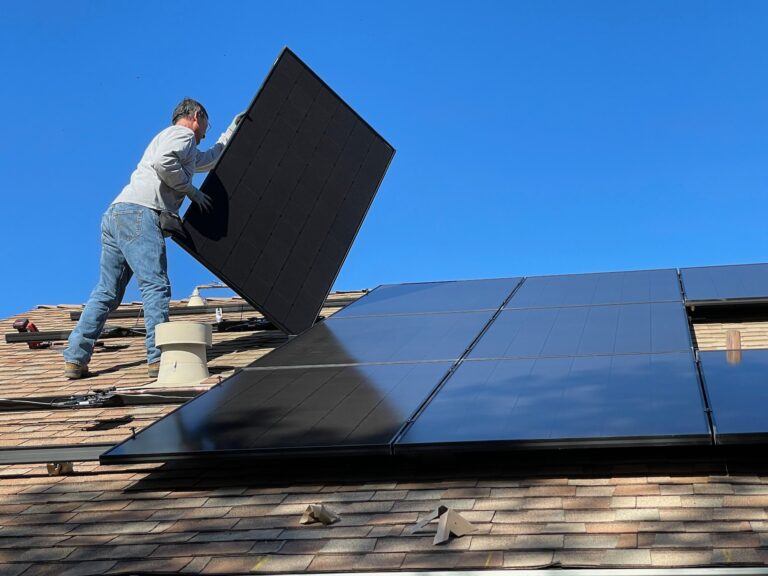Unlock the Hidden Savings of Installing Home Solar Panels
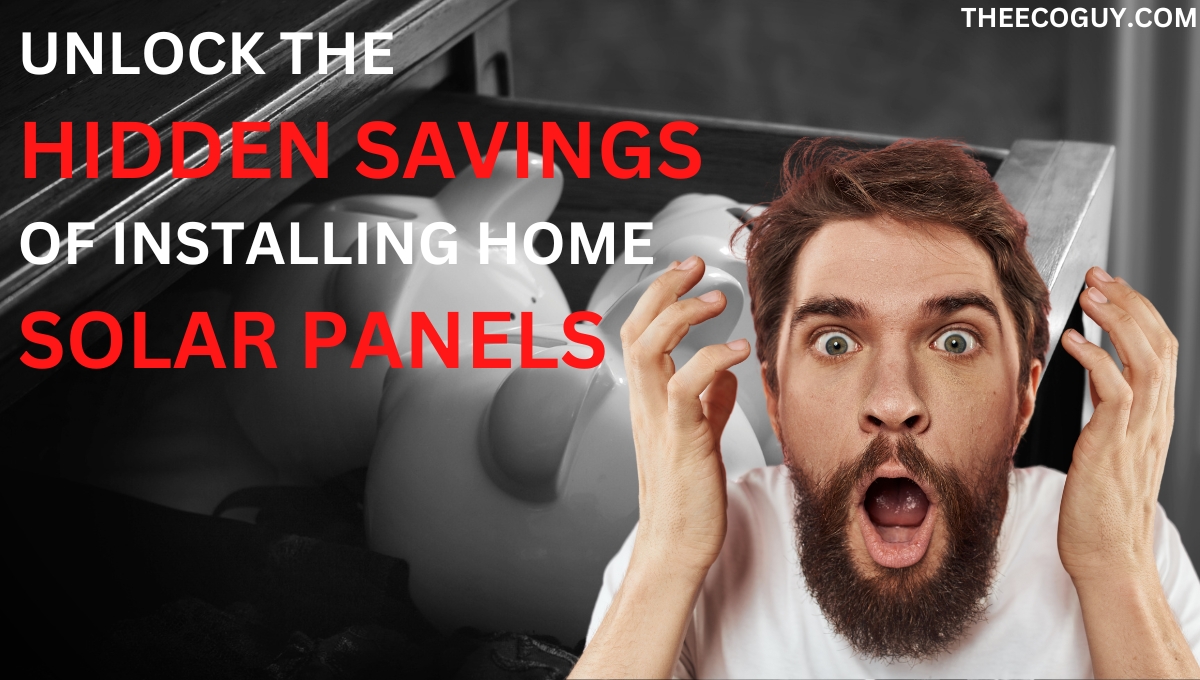
You may be leaving a lot of money on the table if you haven’t considered these hidden savings. Going solar can save your pocketbook in more ways than you may think.
Unlocking hidden savings starts by researching whether home solar is ideal for your home.
Installing home solar panels is a great way to save money on your energy bills and reduce your carbon footprint. Going solar can also unlock hidden savings that you may not have considered before. From tax credits to net metering, there are plenty of ways to make the most out of installing solar panels in your home.
In the article, I will show you the hidden savings you can unlock by going solar, the economic advantages, and the environmental impacts. Let’s get started!
Economic Advantages
Lower Energy Bills and Tax Credits
The first advantage of going solar is lower energy bills. Solar installations can often generate enough electricity to reduce or eliminate your utility bill entirely. This means that you are no longer sending money to the electric companies, but instead using solar energy for free.
Additionally, in many areas, there are tax credits available for installing a home solar system. These credits can provide significant savings when filing your taxes.
Net Metering and Feed-in Tariffs
In many areas, net metering is offered, which is when you get a credit or payment for your excess solar energy produced. This means the electricity generated by your system will be fed back into the power grid and credited to your account with the utility company.
In addition, some utility companies offer feed-in tariffs, where you can earn money for the electricity your system generates.
Long-Term Savings on Utility Costs
The second advantage of going solar is long-term savings on your utility costs. When you install home solar, you are locking in energy prices for years to come. This means that you will continue to save money on electricity as rates go up over time.
Environmental Impact
Reduction in Carbon Footprint
Let’s look at the environmental impact of solar. The first is a reduction in your carbon footprint. Solar energy does not produce any air pollution or greenhouse gases, so installing a home solar system means that you can reduce your contribution to the global climate crisis.
The second environmental benefit of going solar is less demand for non-renewable resources. Since solar panels derive their energy from the sun, they do not rely on non-renewable sources like coal and oil.
Installation Process & Cost Considerations
Types of Solar Panels and System Components
There are several types of solar panel technologies, such as monocrystalline, polycrystalline, thin-film amorphous (TFa), and cadmium telluride (CdTe). Each type of panel has its own distinct advantages and disadvantages, so it’s important to do your research before making a purchase.
Monocrystalline
Pros:
- Monocrystalline solar panels are the most efficient and offer the highest energy output compared to other types of panels.
- Attractive, sleek design and take up less space on a roof or other surface than other panel types.
- Monocrystalline modules are ideal for homeowners who need more energy output from a smaller surface area.
Cons:
- Monocrystalline panels are more expensive than other types of solar panels.
- They can be damaged by hail and high winds.
Polycrystalline
Pros:
- Polycrystalline solar cells have a lower cost per watt than monocrystalline cells.
- They are also more efficient than other types of solar cells, so they can generate more power in a smaller surface area.
Cons:
- Polycrystalline panels have lower efficiency ratings than monocrystalline panels, so they may need to be larger in order to produce the same amount of energy.
- They take up more space on a roof or other surface than monocrystalline panels, so they may not be suitable for all installations.
Thin-Film
Pros:
- Thin-film solar panels are the least expensive type of solar panel, making them an attractive option for those on a budget.
- They are also more flexible than other types of panels, meaning they can be installed in a variety of locations and orientations.
- Thin-film modules are lightweight and can be installed on a variety of surfaces, including metal roofs.
Cons:
• Thin-film panels have lower efficiency ratings than other types of solar cells, meaning they need to be larger in order to produce the same amount of energy.
• They are also more prone to damage from hail and high winds.
In addition to solar panel technology, there are several components that make up a home solar system. These include the inverter, charge controller, and batteries.
The inverter converts the energy from the solar panels into electricity that can be used in your home. The charge controller regulates the flow of electricity from the panels to the batteries, and the batteries store energy for use when the sun isn’t shining.
Do It Yourself (DIY) vs Professional Installation Options
When it comes to installing a home solar system, there are two main options: DIY or professional installation. A DIY install may be the right choice if you’re comfortable working with electricity and have access to all of the necessary tools and supplies.
On the other hand, a professional installation may be the best option if you’re not confident in your ability to install the system yourself. Professional installation companies can also provide valuable advice on choosing the right components and designing a system that will meet your needs.
DIY Installation
Pros:
- Can save money on labor costs since the homeowner is doing the installation themselves.
- Can be a great learning opportunity to gain knowledge and experience with home solar systems.
- Allows the homeowner to customize their system, giving them more control over the design and components.
- Offers a sense of satisfaction and pride in completing a project themselves.
Cons:
- Requires the homeowner to be comfortable working with electricity, which can be dangerous if not done properly.
- Can take longer than professional installation since the homeowner may lack experience or knowledge of how to properly install the system.
- The homeowner is liable for any damage they cause while doing the installation.
Professional Installation
Pros:
- Professional installers have years of experience and knowledge, so they can help design a system that will meet the homeowner’s needs.
- The installer is liable for any damage caused during the installation process.
- Can be completed faster than DIY installs since the installer is more experienced.
Cons:
- Can be more expensive than DIY installs due to labor costs.
- The homeowner may not have as much control over the design and components of the system.
A DIY installation may save you money on materials but it may end up costing you more money and headaches if you don’t have the proper knowledge or experience to do the job. Professional installation may be more expensive, but it can save you time and ensure that your system is installed safely and properly.
Financing Options for Home Solar Panel Systems
The cost of home solar panel systems can be prohibitive for some homeowners, but there are several financing options available to help make the installation more affordable.
Tax Credits: Many governments offer tax credits or incentives to homeowners who install solar panels on their homes. These incentives can reduce the cost significantly and make it much more affordable for homeowners to install solar panels. The current federal tax credit in the United States is 30% of the total cost of your solar system.
Solar Leases and Power Purchase Agreements: Some companies offer solar leases or power purchase agreements (PPAs) that allow homeowners to pay a fixed monthly fee for their solar energy, rather than having to pay the full cost of installation upfront. This can be a great option for homeowners who don’t have the money to pay for the system outright but want to realize the benefits of solar energy.
Loans: Homeowners can also take out a loan to finance their home solar panel systems. Loans allow homeowners to spread the cost of installation over time, making it much more affordable in the long run. Many banks offer special loans for solar installations with attractive terms and low-interest rates.
Home Equity Line of Credit (HELOC): Homeowners can also take out a HELOC to finance their solar panel systems. A HELOC is a line of credit secured by the equity in your home, which can provide you with low-interest financing for home improvement projects like solar installation.
The type of financing you choose will depend on your individual situation and needs, but there are many options available to help make the cost of installing home solar panels more affordable. With a little research and planning, you can unlock the hidden savings of installing home solar panels on your own.
Calculating Return on Investment (ROI)
When you are considering installing home solar panels, it is important to calculate your potential return on investment (ROI). The ROI of a solar panel system will vary depending on the size and type of system you install as well as the local incentives and tax credits available.
The most common way to calculate your ROI is to compare the total cost of installation with the estimated savings over time. Most solar panel systems will pay for themselves in energy savings over a period of 10-20 years, though this can vary depending on factors like system size and usage.
To calculate your ROI, add up all of the costs associated with installing your solar panel system, including materials, labor, permits, and inspection fees. Then compare this to the estimated savings you will receive from lower electricity bills over time.
For Example:
Installation Cost = $20,000
Estimated Savings Over 10 Years = $30,000
ROI = 50% ($10,000 / $20,000)
This example shows that you would have a 50% return on your investment over 10 years with this particular system.
By doing the math and considering all of the factors involved, you can get a better idea of whether or not installing home solar panels is a good investment for your specific situation. You may also ask your Energy Advisor from EnergySage.com to help calculate your solar ROI.
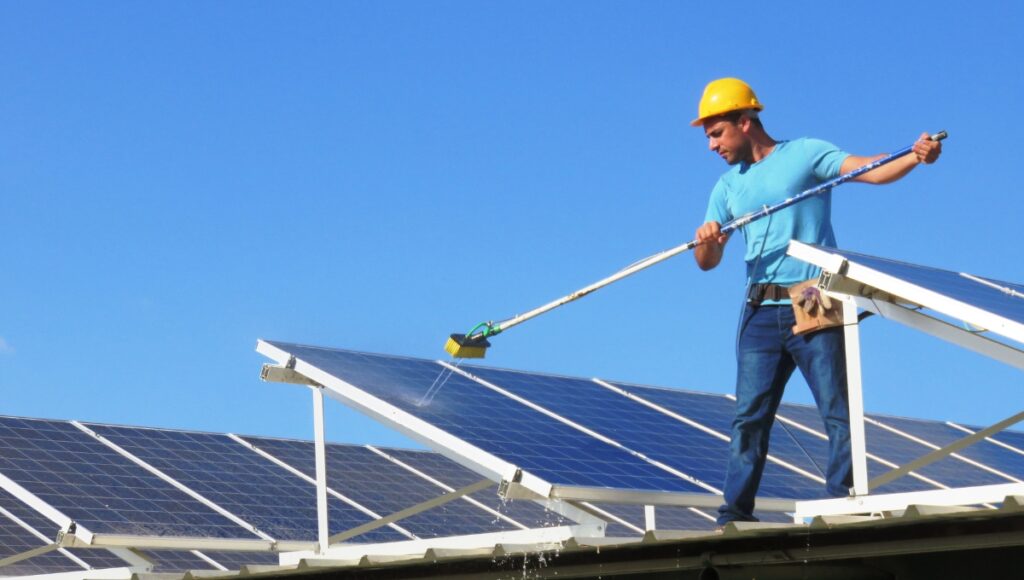
Maintenance Requirements and Tips
Maintaining your solar system is very important in order to keep it running efficiently and ensure you get the most out of your investment. Fortunately, solar panel systems require very little maintenance and are designed to last for many years with minimal upkeep.
Here are some tips to help you maintain your home solar panels:
• Make sure that all wiring is secure and free from corrosion.
• Check your solar panels regularly for signs of damage or wear and tear.
• Clean the panels on a regular basis to ensure that they are free from debris.
• Ensure that trees, shrubs, and other objects do not obstruct sunlight from reaching the panels.
• Have an electrician inspect your system annually to ensure that all components are functioning properly.
By following these tips and inspecting your system regularly, you can ensure that your solar panel system is running efficiently and providing maximum savings.
Final Thoughts
The demand for home solar panel systems is increasing due to their environmental benefits, cost savings, and low maintenance requirements. Homeowners around the world are turning to solar energy as a way to reduce their electricity bills while also doing their part to protect the environment.
By researching financing options and calculating your ROI, you can unlock the hidden savings of installing home solar panels. Furthermore, by following the maintenance tips outlined above, you can ensure that your system runs efficiently for many years to come.
